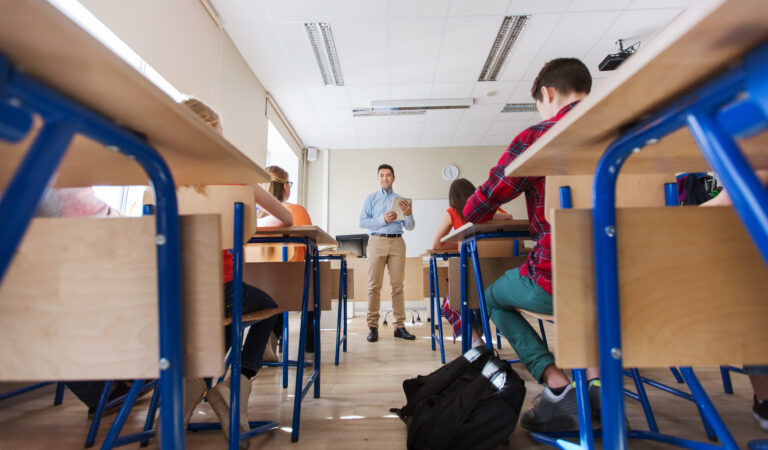Every child wants to feel safe and included at school. Inclusive puberty education ensures that all students see themselves in the lessons and receive instruction that is relevant to their lives.
What Is Inclusive Puberty Education?
In Part 1 of this blog post, inclusive education is defined. It focuses on why inclusive puberty education is important to parents, guardians, and other caregivers. Learn more by reading it here. In this post, we will focus on the reasons inclusive puberty education matters to students.
Why Inclusive Puberty Education Matters to Students
So, why is inclusive puberty education so important to students? These are a few reasons:
- Safe and Welcoming Environment: Inclusive puberty education creates a classroom climate that is free of stigma and supports all students in learning to their maximum potential. When students feel a sense of belonging, they can engage more actively in the discussions and seek answers to their questions without fear.
- Unique Rates of Development: During puberty, children mature at differing rates and experience physical, social, cognitive, and emotional changes that can be both exciting and confusing. When these changes are discussed in an inclusive manner, students are reassured that their path to adulthood is normal.
- Understanding and Empathy: Children have limited live experience, so they rely on education to learn about people whose lives are different from theirs. Inclusive puberty education helps students learn about the diversity of individuals and families and the range of identities and experiences that make up the world. In doing so, children can understand others and develop empathy for people they might not have understood before.
- Affirming Self and Others: Inclusive puberty education affirms all students, regardless of their family structure, race/ethnicity, religion, gender, ability, attractions, or body appearance. Students learn that everyone is unique and that diversity is something to celebrate, not fear.
- Bullying prevention: Where students are “othered,” bullying can happen. Inclusive puberty education creates an environment where kindness and understanding are expected. This safeguards students from identify-based bullying that can result when children don’t understand the spectrum of diversity present in the world around them.
- School Connectedness: Inclusive puberty education builds safety and belonging that allows students to connect to each other and their teachers. Students who feel that sense of belonging are more likely to succeed at school. This connectedness improves school attendance, well-being, and academic performance.
Curiosity = Learning
Students learn by being curious. They want to know more about themselves and the people and the world around them. Education rewards students for their curiosity by teaching new things and answering their questions. Inclusive puberty education does the same thing. It teaches students about themselves and others. It rewards their curiosity by providing age-appropriate answers to their questions about the physical, social, emotional, and cognitive changes they experience.
Resources:
- The Importance of Access to Comprehensive Sex Education, American Academy of Pediatrics
- Why We Need to Teach Puberty Education in 4-6, MiddleWeb
- Three Decades of Research: The Case for Comprehensive Sex Education, Journal of Adolescent Health
- Three Decades of Research: Summary
- The Case for Comprehensive Sex Education: Early, Scaffolded, and Multigrade Approaches
- Experts: Sex Education Should Begin in Kindergarten, Montclair University
- “It always gets pushed aside:” Qualitative perspectives on puberty and menstruation education in U.S.A. schools, Frontiers in Reproductive Health



